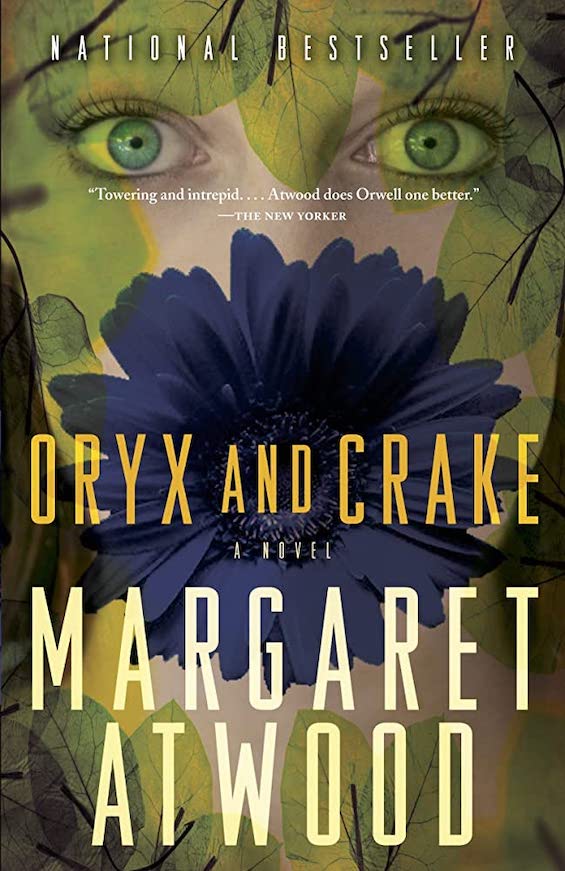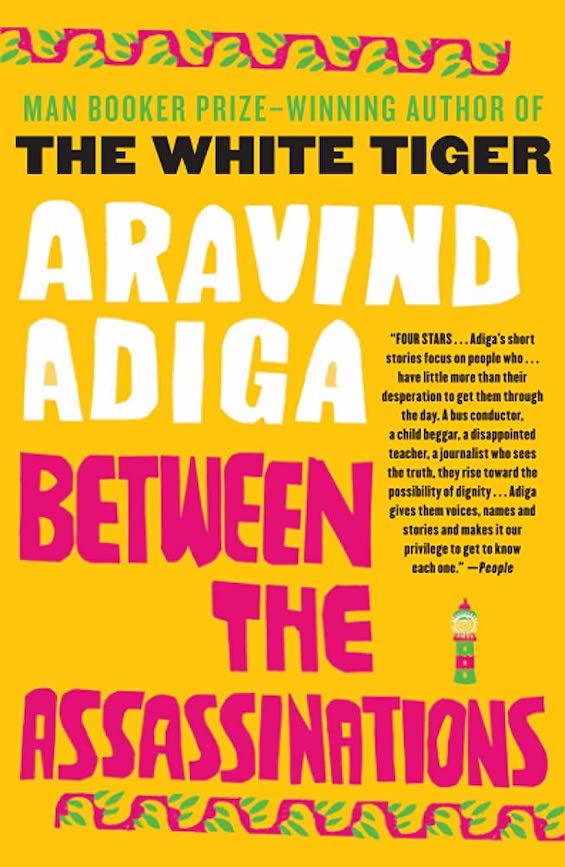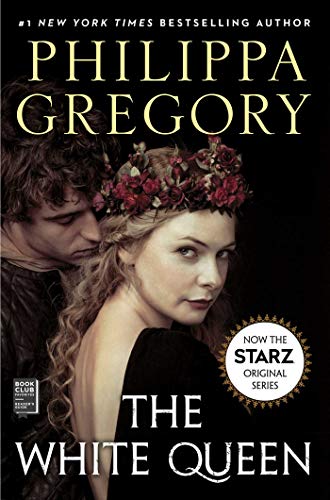
The tale of the princes in the Tower may well be the most heart-rending story in English history. It’s certainly one of the most famous. Less celebrated, but equally engaging, is the history of their mother, Elizabeth Woodville, queen to King Edward IV. Historical novelist Philippa Gregory tells the topsy-turvy story of her life, and tells it well, in The White Queen. It’s the second of the fifteen novels she has written to chronicle the Plantagenet (1154-1485) and Tudor (1485-1603) dynasties. And as much as any of the others, it’s English history as tragedy.
Estimated reading time: 8 minutes
A turbulent history
To gain just a bare hint of what transpired in English history during the years 1455 to 1487 watch the award-winning HBO drama, Succession. Greed for power and wealth drive the members of the Roy family to an unending series of back-stabbing and betrayals. And so it was during what historians have come to call the Wars of the Roses. During that tumultuous time, when the course of English history lay in the balance, the two warring branches of the Plantagenet dynasty—the Houses of Lancaster and York—were constantly at each other’s throats. For precedence and glory, and for keeps. Thousands died. Yet in the end, their struggle proved to be tragic in the classical sense. Both houses lay broken, and a new dynasty displaced them: the Tudors.
The White Queen (Plantagenet & Tudor Novels #2) by Philippa Gregory (2009) 464 pages ★★★★★
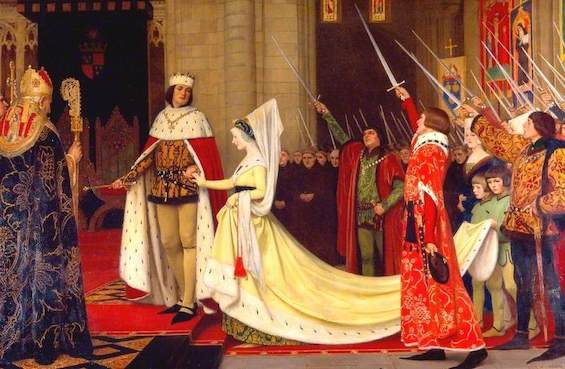
It starts as a love story
The tale of The White Queen begins as a love story worthy of Nora Roberts. Elizabeth Woodville (1437-92), widowed with two young sons when her husband fell in battle with the House of York, accidentally meets the young King Edward IV (1442-83) in 1464. He is on an excursion into the countryside and nears her family home. They are instantly attracted to each other in what romantics call “love at first sight.” The king pursues her without delay, and soon they are married in secret.
It must be secret, because Edward owes his crown to the “kingmaker,” Richard Neville, Earl of Warwick (1428-71), and must tell him before they can announce their marriage. And the earl has other plans for his charge. But for the first time ever, Edward stands up to the older man, reveals his scandalous union Elizabeth, a daughter of the House of Lancaster, and announces it to the court. And this will later turn out to be a mistake. Because nobody says no to the kingmaker.
The historical context
After two and a half centuries, the long-reigning Plantagenet Dynasty fissured. The rival houses identified with the Dukes of Lancaster and York went to war over the English throne. The thirty-two years of seesawing battles between the forces of the white rose (York) and red rose (Lancaster) from 1455 to 1487 later became known to historians as the Wars of the Roses. (At the time, and for years afterward, the English people knew the period as the Civil Wars.)
Elizabeth Woodville was a prominent member of the Lancaster clan. Her father, Richard Woodville, was the 1st Earl Rivers, a sworn enemy of the wealthy and powerful Earl of Warwick, who captained the York clan. However, Elizabeth fell in love with the young man, Edward, the eldest surviving son of Richard, 3rd Duke of York. Warwick had maneuvered him onto the throne at the age of nineteen, expecting to rule behind the scenes. And when eventually Edward proved unwilling to follow Warwick in all things, the kingmaker allied himself with his hereditary enemies in the House of Lancaster and attempted to place Edward’s younger brother, George, on the throne in his stead.
But things didn’t remain that simple, because pressures on the throne came from many quarters. From Margaret of Anjou, the powerful queen of the deposed Lancastrian King Henry VI, “who had lost his wits” and was only intermittently lucid. From France, which sought to free itself from English claims of sovereignty over its lands. And from Wales, where young Henry Tudor pouted over his own claim to the throne. First York, then Lancaster again, then York once again rose to ascendancy. But the Wars of the Roses only came to an end in 1485 at the Battle of Bosworth Field, where Henry Tudor defeated the army led by King Richard III—and founded the Tudor dynasty.
What and where is the Tower of London?
First of all, let’s be clear what is meant by “the Tower of London,” where much of this novel is set. Unless you’ve visited the place, it’s probably not what you think. Many Americans assume the references are to the late nineteenth-century Tower Bridge.
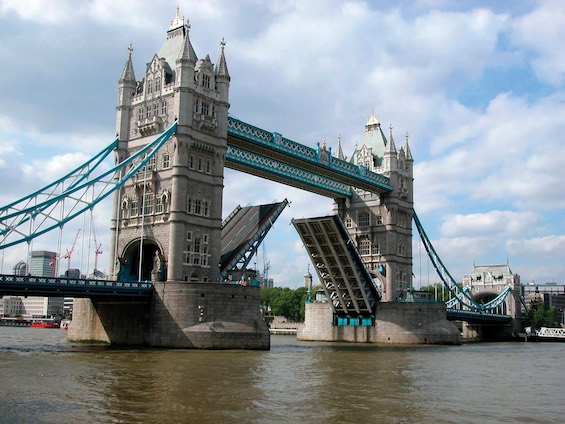
What’s meant by “the Tower” is usually referred to as “the White Tower.” It’s a massive castle of white stone that sits atop a hill overlooking the River Thames. The Tower is one of several large buildings behind massive defensive walls and moats. William the Conqueror completed its construction in 1097, dominating the city of London as a symbol of his kingly power. The White Tower encompasses magnificent royal living chambers, a chapel, an armory, what are believed to be torture chambers in the basement, and an executioner’s block on the top floor.
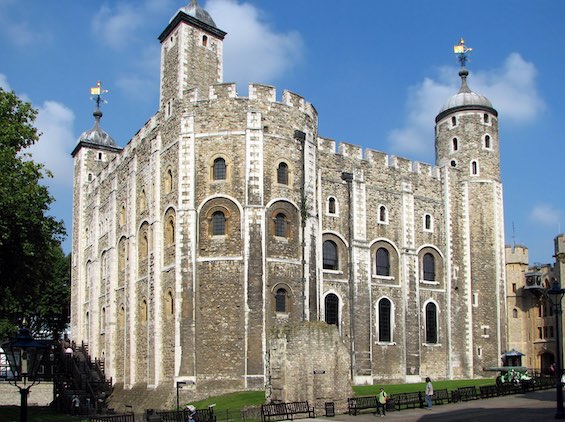
Who killed the “princes in the Tower?” Or did they?
The conventional wisdom about the princes in the Tower is that they were killed on the orders of King Richard III, who thought them a threat to his own son’s claim to the throne. After all, they were the sons of Edward IV, and the former king’s namesake, 12-year-old Edward, had been acknowledged as Prince of Wales. His nine-year-old brother, Richard, would be next in line after Edward—or would have been, if the new king hadn’t managed to persuade Parliament to invalidate the boys’ claim to the throne. But Philippa Gregory suggests that Richard would have had no reason to murder the pair. Instead, she poses two possible flaws in the standard story, either or both of which might be a product of her imagination.
First, in Gregory’s telling, the boys’ mother fears for their lives and manages to send young Richard into hiding. In his place, she disguises a young peasant boy to join the Prince of Wales in the Tower. So, if indeed the older boy was killed there, it was he alone who lost his life in the affair—along with an entirely unrelated boy.
Second, Gregory seems convinced, or at least her rendition of Elizabeth Woodville is convinced, that Richard would not have been so foolish as to murder the princes. He had already undermined their claim to the throne, and he sat there unchallenged. Two others were more likely to have issued the order: Henry Tudor (later Henry VII, who was challenging Richard for the throne), or Henry’s mother, Lady Margaret Beaufort.
However, historians doubt these alternate explanations. The available evidence suggests that King Richard III did have the boys murdered in the summer of 1483. One of the three men who carried out the act, smothering the children with pillows, confessed as he faced the executioner.
About the author
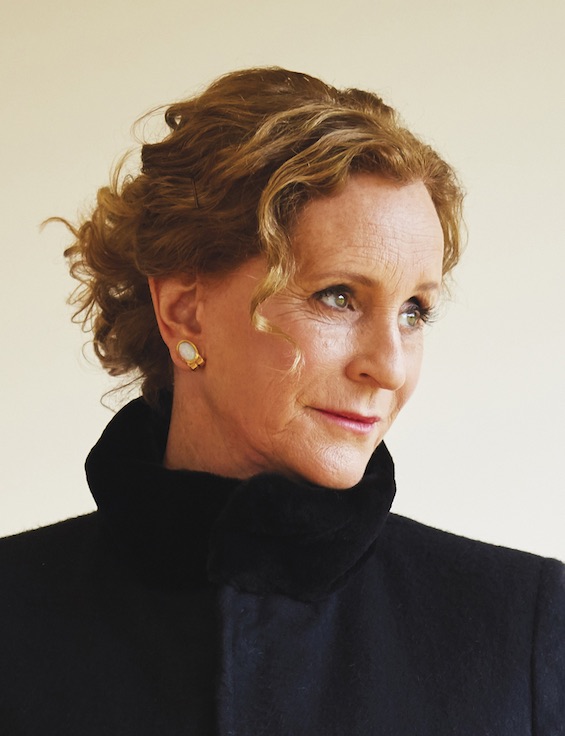
Philippa Gregory, CBE is an English author of historical novels, primarily about the Tudor period (1485-1603). To date, she has published thirty-four novels for adults and seven for children as well as a collection of short stories and one work of nonfiction. Gregory was born in 1954 in Nairobi but moved with her English family back to England at the age of two. After journalism school and a brief stint as a reporter, she attended Sussex University, where she received a degree in history. After two years working for the BBC, she secured a PhD in literature from Edinburgh University. She now lives on a farm in Yorkshire with her third husband and a blended family of six children.
For related reading
I’ve reviewed two of the other novels in the same series:
- The Kingmaker’s Daughter – Plantagenet & Tudor Novels #4 (Nothing noble about the nobility in 15th century England)
- The Other Boleyn Girl – Plantagenet and Tudor Novels #9 (She might have married Henry VIII. Her sister did.)
You might also care to check out:
- 20 most enlightening historical novels
- Top 10 historical mysteries and thrillers
- Top 10 great popular novels
- 20 top nonfiction books about history
And you can always find my most popular reviews, and the most recent ones, on the Home Page.


